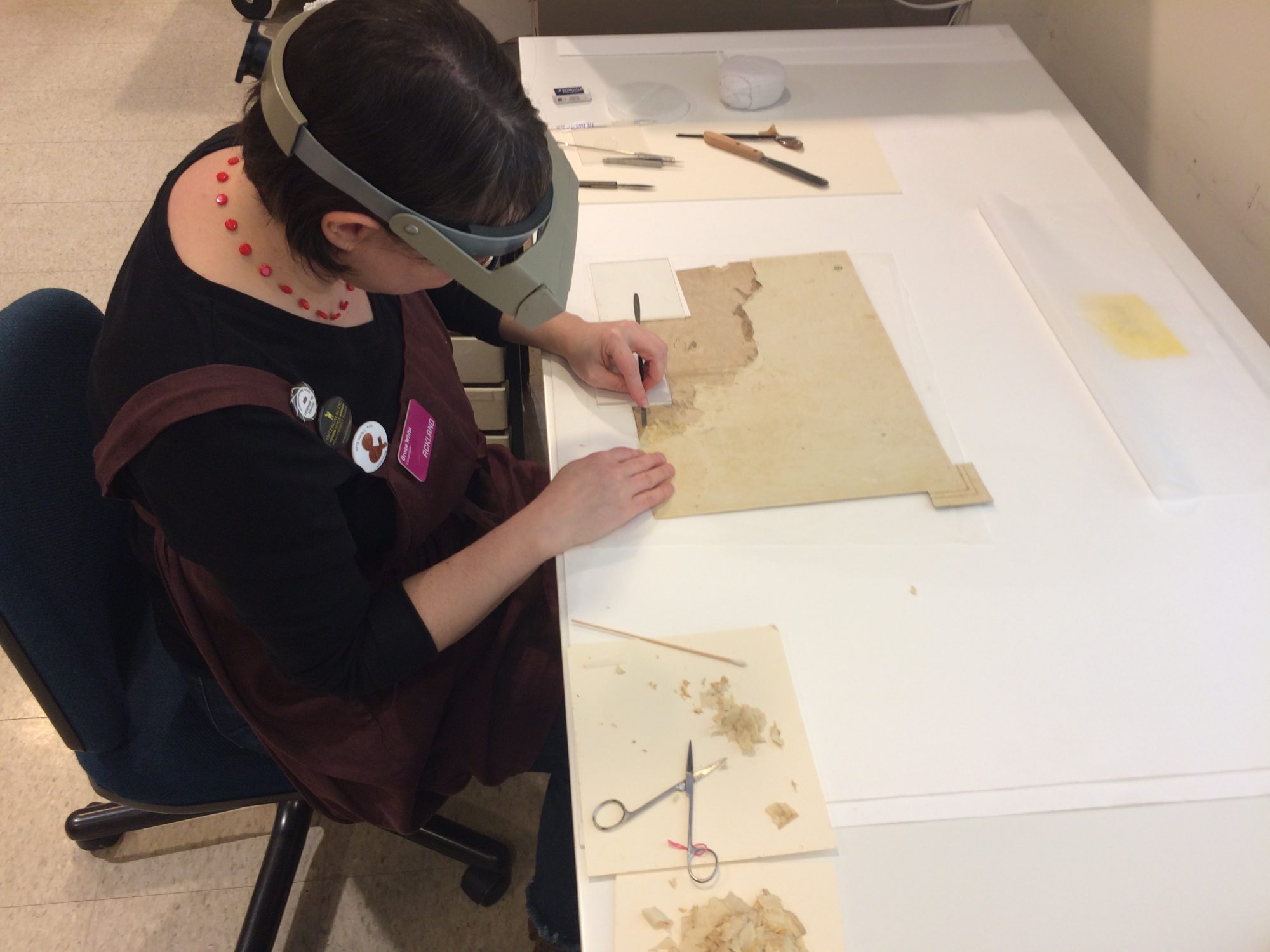
In preparation for the exhibition Drawn to Life: Master Drawings from the Age of Rembrandt in the Peck Collection at the Ackland Art Museum — on view at the Ackland until December 31, 2022, and then traveling to the Rembrandt House Museum in Amsterdam — I had the task of assessing all of the drawings and treating 22 of the 70+ items in the show. Some treatments were simple, mending small tears or removing old hinges. Others were more complex. The links below will take you to peck.ackland.org, where you can find out more about each drawing and examine larger images.
One such treatment was for Young Man Writing at a Table (The Artist’s Son), by Jacques de Gheyn II, c. 1605-10. The drawing was adhered to a heavy card backing that prevented viewing of the verso and distorted the paper, and there were glue stains and foxing marks. To protect the soft black chalk from anything touching the surface, the object was washed on directional capillary matting, a material like a thin fabric sponge that draws water in a specific direction like an extremely slow-motion waterfall. Laid on a slanted board made of plexiglas, the matting drew water down from a reservoir and through the paper, removing discoloration and softening the adhesive so the backing could be removed. After further washing, chemicals were used to reduce discoloration in the stained areas. The drawing was returned to something closer to its original state, and the lovely image is now more legible with the reduction of distracting stains.
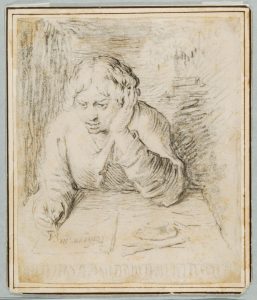

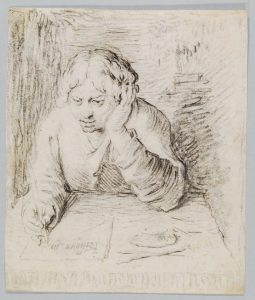
A less noticeable treatment was performed to remove a blob of adhesive that to the layperson was barely noticeable, but under magnification was seen to be dangerous. In its past, someone had let fall a large droplet of glue onto Studies of Three Standing Figures and a Head by Samuel van Hoogstraten, c. 1645-50. The adhesive on the man’s knee had contracted to pull away from the paper, risking a loss of both paper fibers and media. Working under the microscope, I applied and removed a poultice, slowly and repeatedly, softening the adhesive for removal with care not to damage the paper or ink. I liken the operation to removing marmalade from toast without dislodging any toast crumbs.
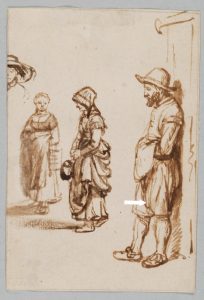

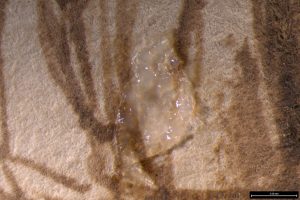
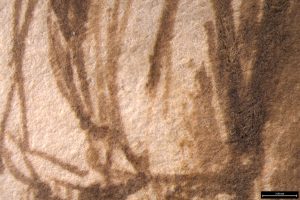
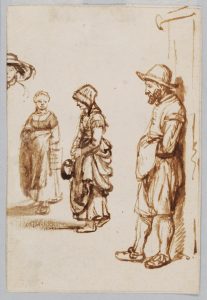
By far the most time consuming and exciting treatment was for a drawing by Abraham Bloemaert, Studies of Putti, c. 1590-1600. At some point in its history, the drawing had been fully adhered to a backing of heavy paper, but imaging with transmitted infrared revealed that there was a hidden drawing on the verso covered by the backing. A slow treatment to remove the backing paper involved applying a poultice to a small area at a time, then removing that fragment of backing paper once the adhesive had softened. The poultice allowed the adhesive to soften slowly without introducing moisture to the delicate inks. The result was the discovery of three delightful new sketches of putti that had not been seen in perhaps hundreds of years. The drawing is now housed in a double-sided mat and frame so both sides can be viewed.







Enjoyed reading your article!
We must come to the museum soon.